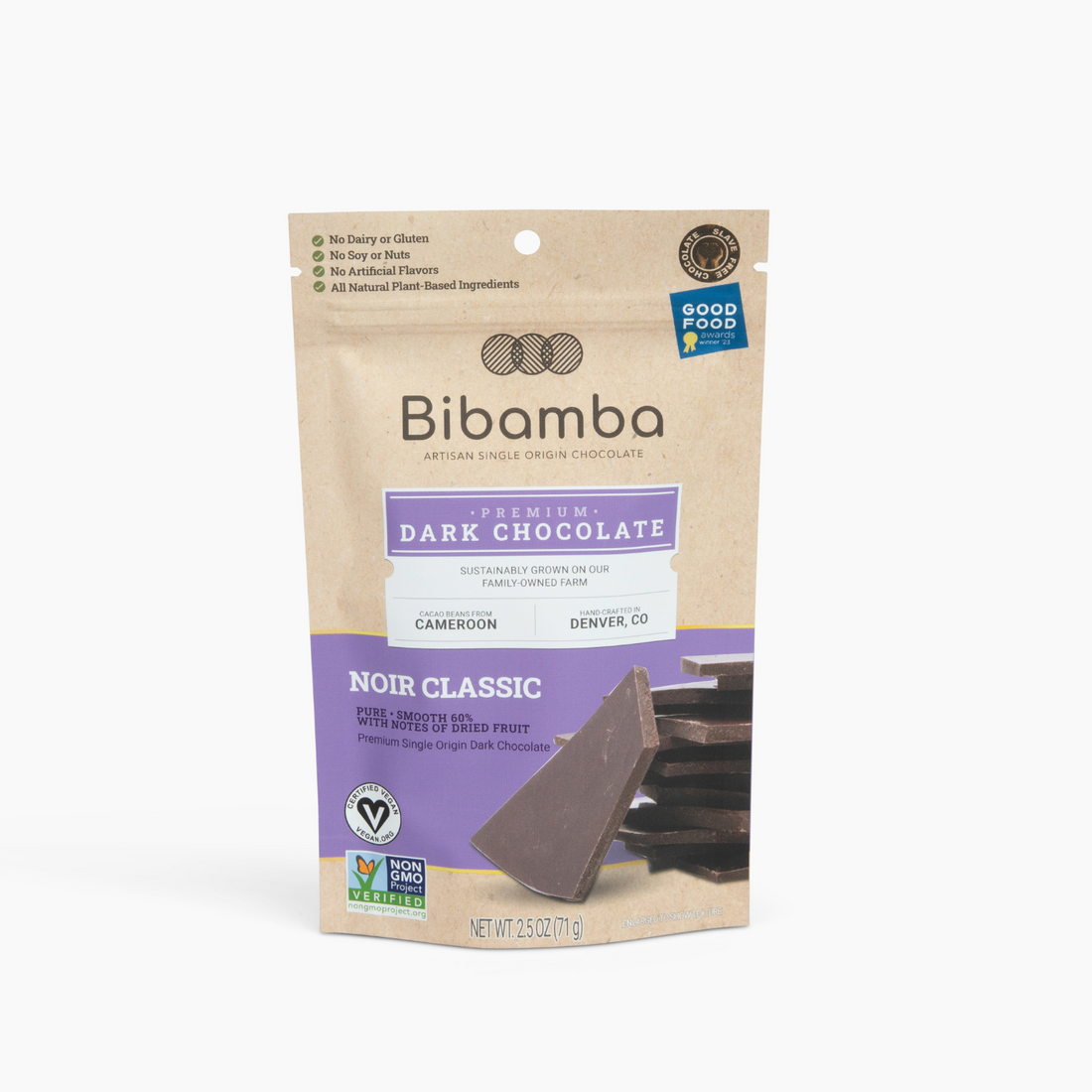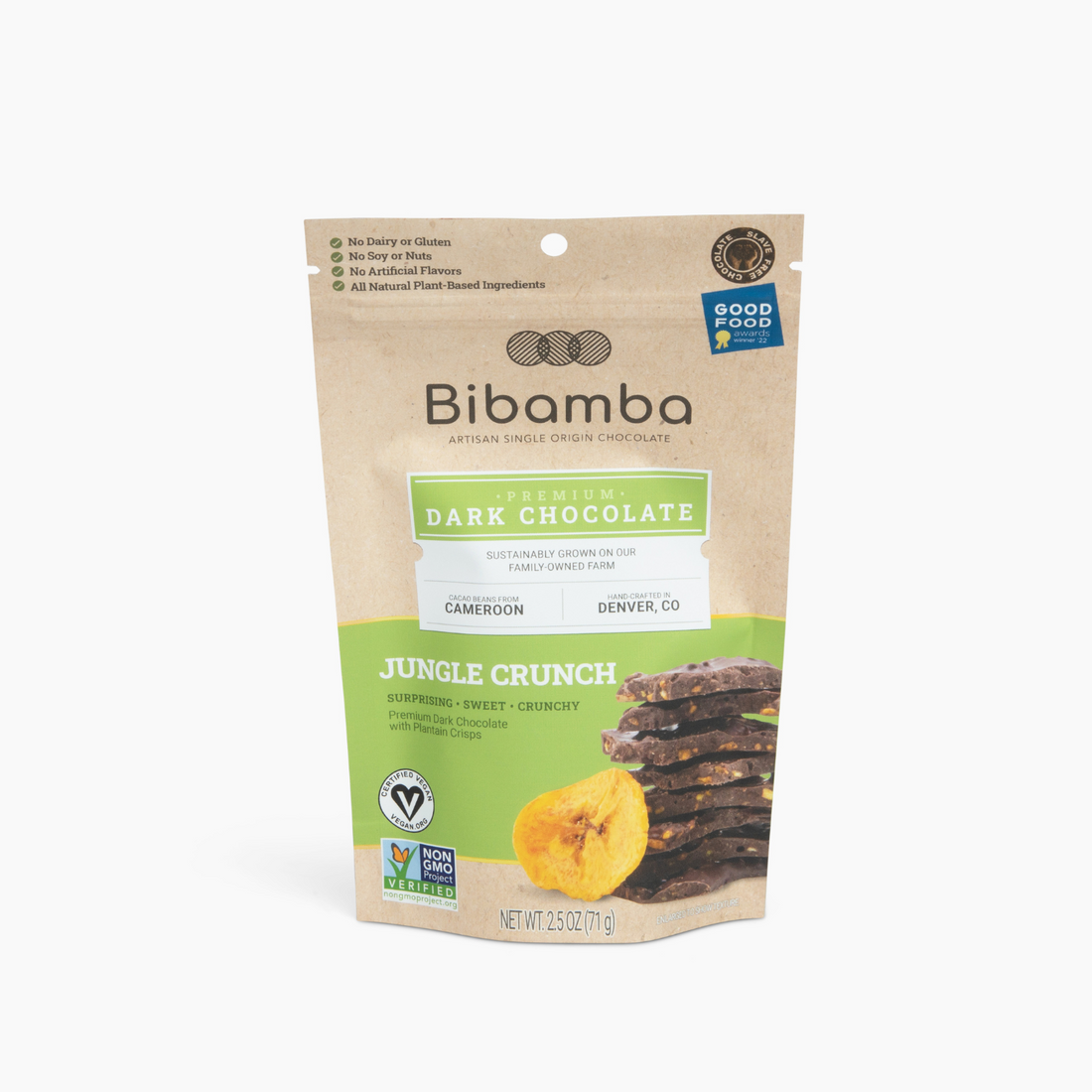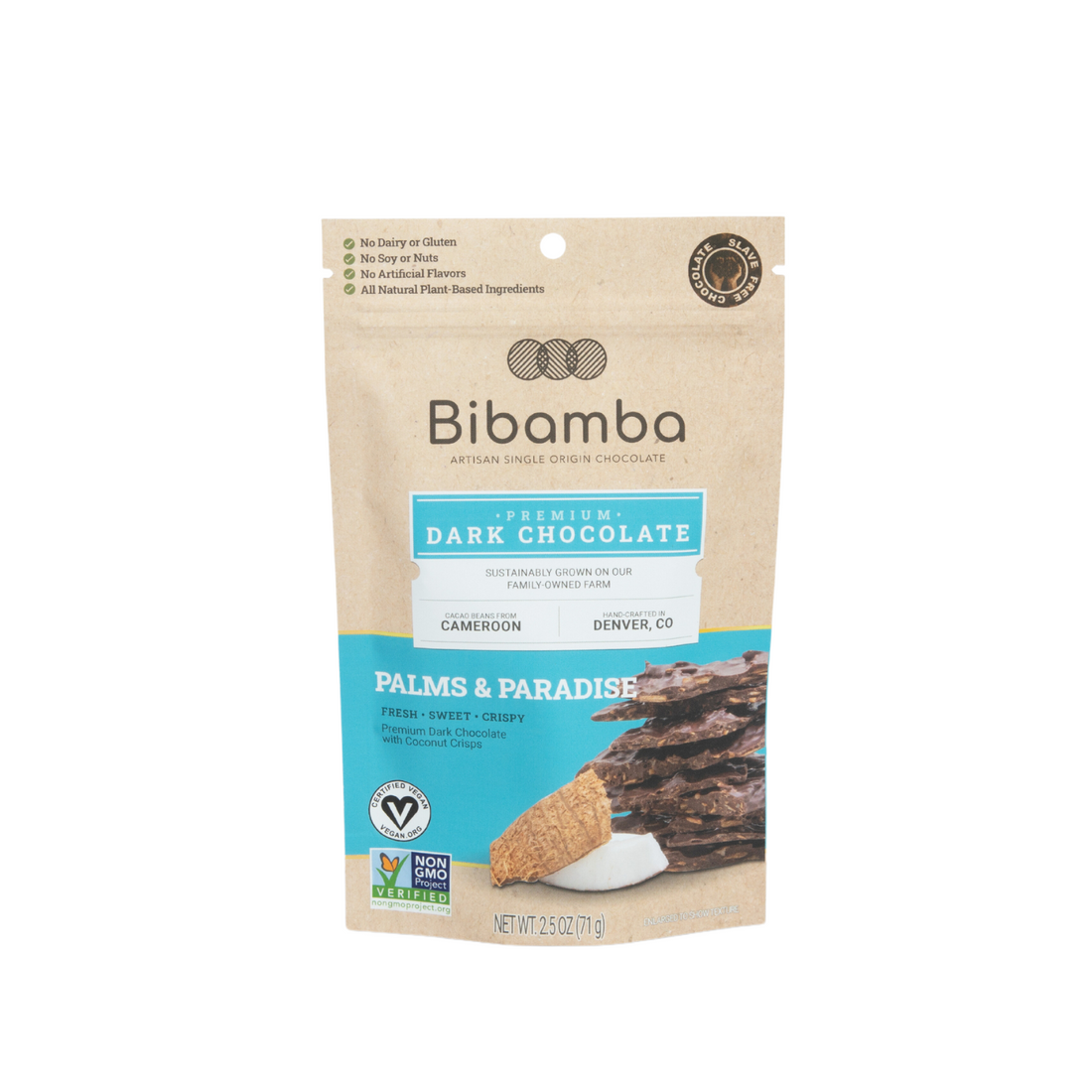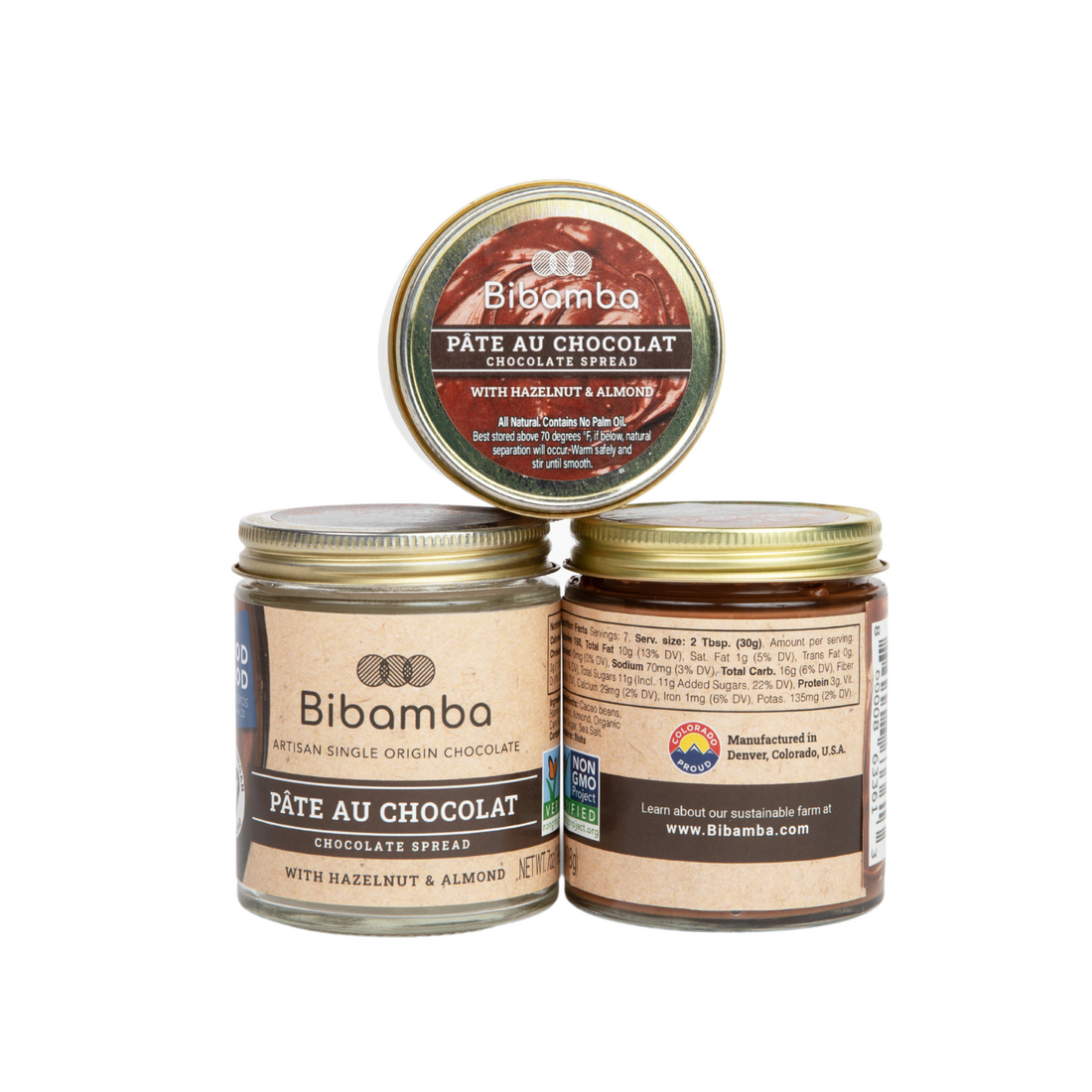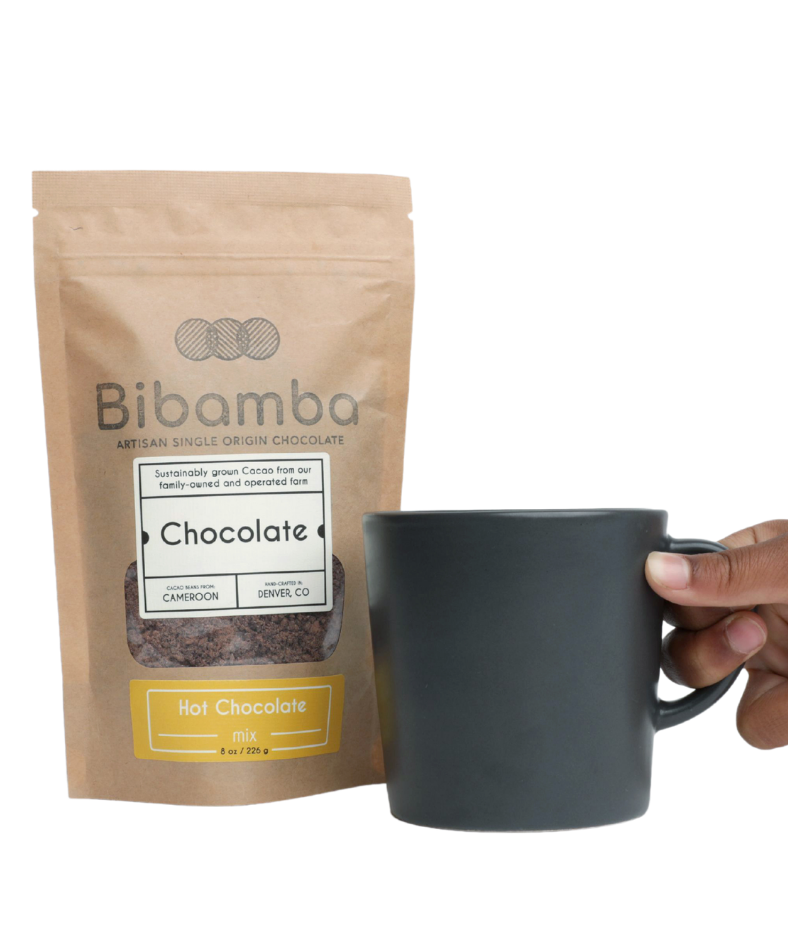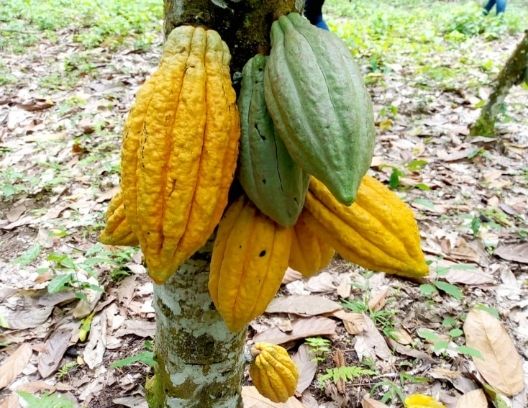
Our Passion
The Different Types of Cacao Beans
The Different Types of Cacao Beans
Ancient Mayans saw cacao as the food of the gods. It was once used as a currency and to this day is highlighted as a superfood packed with antioxidants and a major staple in diets all around the world.
Did you know that there are about 20 different species in the Theobroma family? The three dominant varieties you may have heard of are Criollo, Forastero, and Trinitario. Cacao varieties affect the flavor, price and production of the chocolate.
So what is the difference?
Criollo is believed to be the best and most pure variety of cacao. Criollo is the bean that the Spaniards fell in love with and brought back to Europe. This variety has a high flavor profile, however is more scarce as it is difficult to grow and keep the trees healthy especially in certain climate conditions. Forastero is the most common variety of cacao grown around the world. A majority of chocolate is made from a Forastero cacao variety.
Trinitario is known as “the world’s finest cocoa hybrid” of the two, bringing together the best of both worlds. Less than 10% of chocolate produced around the world is made with beans from Trinitario trees. Legend has it that on the island of Trinidad a majority of the plants, including the Criollo cacao trees died in the 1720s. Rumor has it there was a natural devastation of the existing Criollo trees on the island and so Forastero trees were planted. After cross pollination with the few remaining Criollo trees, the Trinitario variety was born. The flavor profiles reflect Criollo and the trees are more resilient when it comes to conditions.

Bibamba planted Trinitario on our farm in 2016 in Cameroon. Patrick, our chocolate maker, believes that it is not just the variety of cacao that we grow on the farm that gives such a unique flavor profile, but also the practices that we use on the farm. Since we are “Seed to Chocolate”, we have complete control over the harvesting and fermentation process which is where the flavor and aroma can be effected the most. Bibamba looks at chocolate very similar to wine making. Every tree will have different flavors ranging from earthy to fruity, acidic to bitter. This is reflective of the minerals in the soil and the amount of sunlight and water each tree receives. Patrick tests each batch of beans to determine how to mix them together to balance out the perfect chocolate recipe.
Ultimately, which chocolate you prefer comes down to personal preference. Bibamba is committed to raising the standard of the chocolate industry and wants to show that high quality products can be produced in Cameroon. We are excited to continue to share the methods we use on our farm with other local farmers in Cameroon with the hope that it will translate into higher prices and income for the local farmers of Cameroon. Let us know what you think or any questions you may have below!
Shop Bibamba today!
